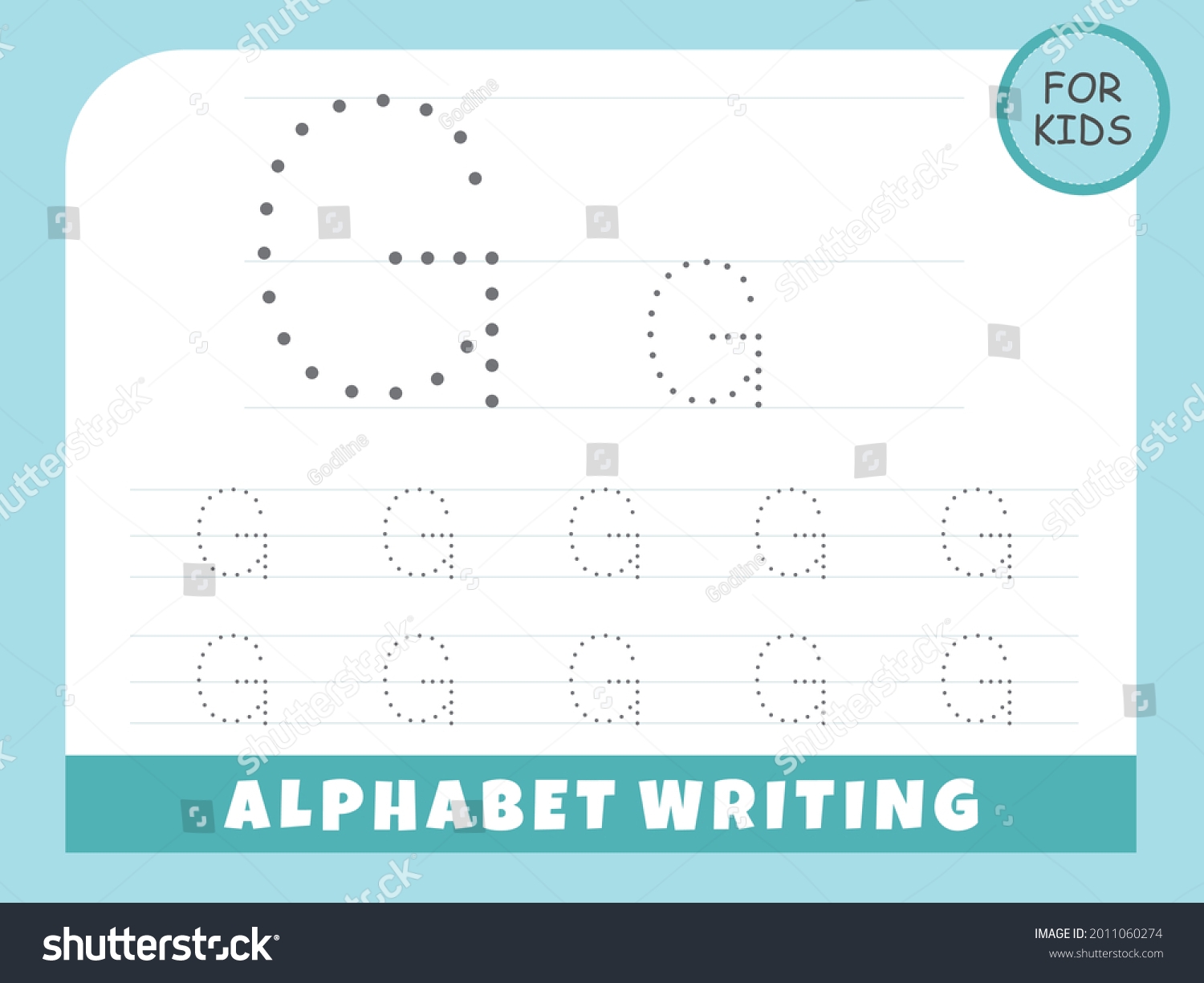In the world of technology and data management, Google Sheets has become a popular tool for organizing and analyzing information. Like any software, Google Sheets comes with its own set of unique vocabulary that users should be familiar with in order to effectively navigate and utilize the platform.
Understanding these key terms and concepts can help users make the most out of Google Sheets and improve their productivity when working with spreadsheets.
GG Sheet Vocabulary
1. Cell: The basic unit of a spreadsheet, where data is entered and stored. Cells are organized in rows and columns, and each cell is identified by a unique address, such as A1 or B3.
2. Formula: A set of instructions that perform calculations on values in cells. Formulas are used to automate calculations in Google Sheets and can range from simple arithmetic operations to complex functions.
3. Range: A group of cells that are selected together. Ranges can be used to apply formatting, perform calculations, or reference data in other parts of the spreadsheet.
4. Function: Predefined formulas that perform specific tasks in Google Sheets. Functions can be used to manipulate data, such as finding the sum of a range of numbers or calculating the average of a set of values.
5. Filter: A tool that allows users to display only specific data in a spreadsheet based on certain criteria. Filters can help users analyze data more effectively by focusing on relevant information.
By familiarizing yourself with these key terms and concepts, you can enhance your proficiency in using Google Sheets and leverage its full potential for managing and analyzing data.
Whether you are a beginner or an experienced user, understanding GG Sheet vocabulary can help you work more efficiently and effectively with spreadsheets.
So, next time you open Google Sheets, remember to keep these terms in mind and apply them to your workflow to streamline your data management process.
